Note: This best solar batteries article is independently written and Solar Choice has no incentive to promote any particular battery brand over another.
Solar batteries are a long-term investment that can help you reduce power bills, increase solar self-consumption, and provide backup during outages. But with over 30 brands on the market—and wildly different pricing, warranties, and tech specs—picking the best battery for your home can be overwhelming.
After completing a deep dive on every brand on the market, we’ve created the 2025 Solar Choice Battery Scorecard.
Our methodology is designed to cut through the marketing and evaluate what really matters: value, trust, warranty, technology, and real-world performance.
Official Best Solar Batteries List (2025)
| Brand | Price | Warranty | Tech Features | Trust | Score |
|---|---|---|---|---|---|
| Enphase | $$$$ | 6MWh/kWh, 15 years | AC-coupled, modular expansion, UL9540A certified | High | 4.3 |
| Alpha ESS | $$ | 3.12MWh/kWh, 10 years | IP65, stackable, fire suppression, AC-coupled | High | 3.9 |
| Sigenergy | $$ | 3.04MWh/kWh, 10 years | IP66, stackable, fire suppression, AC-coupled | Moderate | 3.6 |
| Sungrow | $$ | 2.8MWh/kWh, 10 years | Stackable, fire suppression | High | 3.6 |
| Tesla | $$$$ | 2.74MWh/kWh*, 10 years | IP67, AC-coupled | High | 3.6 |
Price ranges are approximate and vary by installer. See below for full criteria. Tesla throughput warranty higher if only used for basic functions like self-consumption.
Throughput Warranty Explained – once the battery discharges the minimum guaranteed amount, the performance warranty ends. For example, if the Tesla Powerwall 3 discharges a total of 2.74MWh for each usable kWh (36.99MWh for their 13.5kWh capacity) then the performance warranty is over.
Compare quotes from installers in your area now.
Top 5 Solar Batteries in Australia 2025
1. Enphase IQ Battery 5P
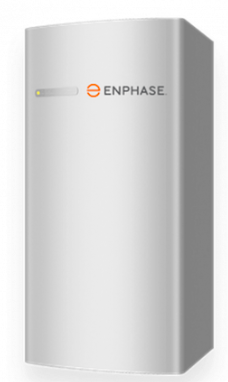
Overview:
Enphase is a well-established brand in the solar market, with strong Australian presence and over a decade of local trading history. The 5P is their flagship AC-coupled battery.
Performance Strengths:
- 6MWh throughput warranty per usable kWh — highest on our list.
- UL 9540 & 9540A fire safety certification.
- Natively AC-coupled—works with almost any solar inverter.
- Strong software integration and modular expansion.
Areas Could Improve:
- IP55 rating slightly lags behind some newer entrants.
- Cannot stack physically—additional units must be installed separately.
Enphase stands out as a high-trust, high-performance battery ideal for retrofits and solar homes looking for long-term reliability and maximum safety.
2. Alpha ESS Smile Series
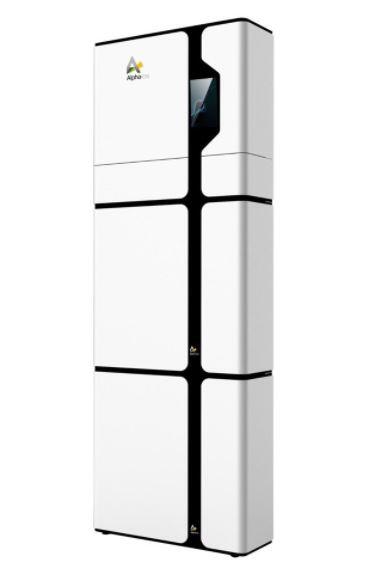
Overview:
Alpha ESS has become a favourite among installers thanks to strong local support, competitive pricing, and dependable hardware. Their systems are also used in government battery trials.
Performance Strengths:
- 3.12MWh throughput per usable kWh.
- Fully stackable design.
- IP65 rated—outdoor-friendly.
- AC connectable and includes built in aerosol fire suppression
Areas Could Improve:
- Warranty and features are strong but not industry-leading.
- The customers review score is lower than the other top 5, with comments on the reliability of the battery.
As the cheapest option on our top 5 battery list, this is a good option for customers looking for a decent and affordable option.
3. Sigenergy SigenStor
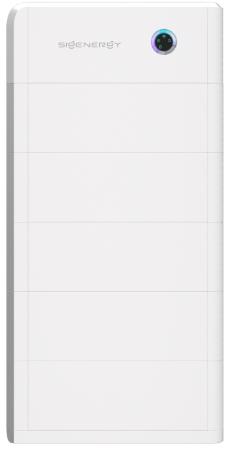
Overview:
Sigenergy is one of the newest brands in the Australian market (launched in 2023), but comes with IP66 gear, strong specs, and modular hybrid architecture.
Performance Strengths:
- IP66 weather rating.
- Five layer fire suppression system including an internal fire extinguisher
- Modular design and stackable up to 48kWh.
- Competitive throughput warranty of 3.04MWh/kWh.
Areas To Improve:
- Less than 2 years’ trading history in Australia.
- Long-term performance and reliability still unproven.
An exciting up-and-comer for tech-savvy buyers and particularly those interested in their unique 25kW DC EV bi-directional charger.
4. Sungrow SBH Series
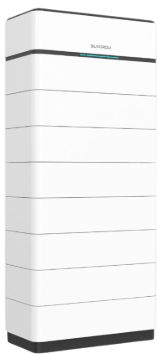
Overview:
A global inverter powerhouse, Sungrow has become a go-to for integrated battery and inverter systems in Australia.
Performance Strengths:
- Local support and strong brand recognition.
- Fire suppression through AFCI technology and flame retardent material between battery cells
- Stackable and modular in design.
Areas Could Improve:
- Warranty only covers 2.8MWh per usable kWh—on the lower end.
- Expansion after installation is possible, but requires SoC matching and firmware alignment.
Best suited for new installs using Sungrow hybrid inverters. Less ideal for retrofits or staged expansions.
5. Tesla Powerwall 3
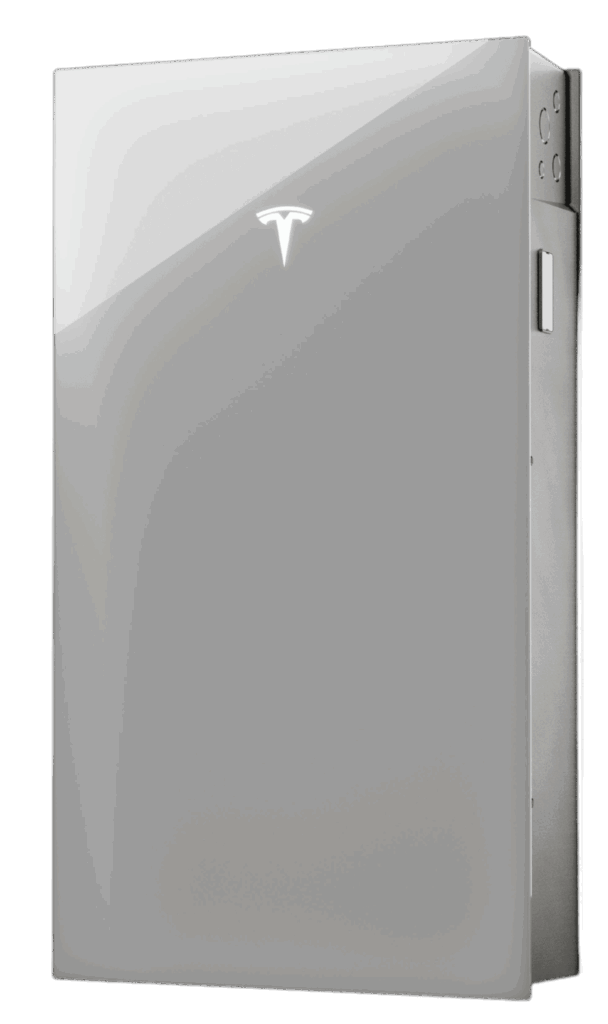
Overview:
Still one of the most recognisable battery names globally, Tesla’s Powerwall continues to be widely installed across Australia.
Performance Strengths:
- Sleek all-in-one design.
- IP67 rating—the best of the group.
- Fully integrated with Tesla ecosystem (solar, EV, app).
Areas Could Improve:
- Throughput warranty is just 2.74MWh/kWh.
- No built-in fire suppression or stackability.
- Warranty and support depend heavily on installer.
Best for households wanting seamless tech integration and are already in the Tesla ecosystem. If you are installing your battery outside then the Tesla Powerwall’s IP67 protection is best on market.
What Makes a Top-Rated Battery in 2025?
Our Solar Choice Battery Scorecard is based on five key criteria:
Price Per Usable kWh
One of the fundamental considerations for any purchase is the price. The Enphase battery tops the list, but we importantly note that it is significantly more expensive than others on the list.
Company Trust & Local Support
There are new names popping on the battery market and many have fallen away too. The 10-year warranty is only going to be useful for you if the company is still in business and if they have a local presence and support team to assist you through technical difficulties and warranty claims.
Warranty
A key way to compare companies is their warranty offer. We’ve gone through every brands warranty with a fine tooth comb and have compared the overall quality. Our scoring focuses on key elements including the minimum guaranteed throughput per usable kWh, the batteries degradation rate and the overall length.
Technology Features
There’s a lot of different features we could have considered, but based on our discussions with customers and manufacturers we’ve focused on these 5 items of functionality we felt were most important:
- Fire safety and mitigation
- Ability modularly expand battery through stacking battery modules
- Environmental protection measured through IP rating
- Ability to expand the battery in the future without degradation of old battery modules affecting newer modules
- Whether battery only works with their inverters or if it can be AC-coupled to any existing solar system
Customer Ratings
At Solar Choice we collect AND verify reviews from battery customers across Australia. These reviews are a test of the real world outcomes for these battery brands and all of the top 5 battery brands have built up a track record over years in the market.
Compare quotes from installers in your area now.
Limitations of the 2025 Solar Choice Battery Scorecard
While the Solar Choice Battery Scorecard is designed to provide an objective, transparent comparison, there are a few important limitations to keep in mind when using it to choose the best solar battery for your home.
| Limitation | Explanation |
|---|---|
| Pricing Variability | Battery prices can fluctuate significantly based on installer margin, site complexity, and price changes over time. The “Price per kWh” values in our scorecard are based on installer data from across Australia but do not account for real-time quotes or local incentives. For tailored pricing, request multiple quotes through Solar Choice’s comparison platform. |
| Warranty Interpretation Complexity | We’ve focused on minimum throughput per usable kWh and degradation caps, but warranty documents can include: maintenance requirements (e.g. annual inspections), usage restrictions (e.g. daily cycles or ambient temperature), and exceptions for third-party inverters or VPP programs. Buyers should always review full warranty documentation before purchase, especially for systems expected to cycle daily or be installed off-grid. |
| We Don’t Compare All Functionality | To keep things simple, the scorecard focuses on what we believe are the most critical features. However, your specific situation may call for different priorities such as VPP compatibility, backup power capabilities, or integration with EV charging. |
| Incomplete Data from Some Brands | Where manufacturers haven’t published full technical specifications—such as degradation curves or fire safety architecture—we’ve scored them based on what’s publicly available. This can disadvantage more conservative brands who rely on installer training or proprietary documents. |
| Modular Expansion Constraints | Many batteries claim to be “expandable,” but this often comes with limitations like SOC matching, voltage balancing, and firmware compatibility. These constraints are rarely mentioned in brochures and may require technical intervention by an installer—or even prevent expansion altogether. |
Frequently Asked Questions (FAQs)
What’s the best solar battery in Australia in 2025?
Enphase IQ Battery 5P takes the top spot based on warranty, tech features, fire safety, and flexibility.
What battery works best with existing solar systems?
Enphase, Tesla, Sigenergy and Alpha ESS are AC-coupled, making them great retrofit options.
Which battery is safest?
Enphase leads on fire safety certifications (UL 9540, 9540A). Sigenergy includes the best fire suppression technology.
What is the best battery for solar self-consumption?
Enphase, Sungrow, and Sigenergy all support dynamic solar charging and smart energy flows.
Compare quotes from installers in your area now.
- APsystems Battery Review: An Independent Assessment by Solar Choice - 18 December, 2025
- Running Cost of Air Conditioners – Explained - 7 October, 2025
- Air Conditioner Rebate South Australia: What You Need to Know - 19 September, 2025